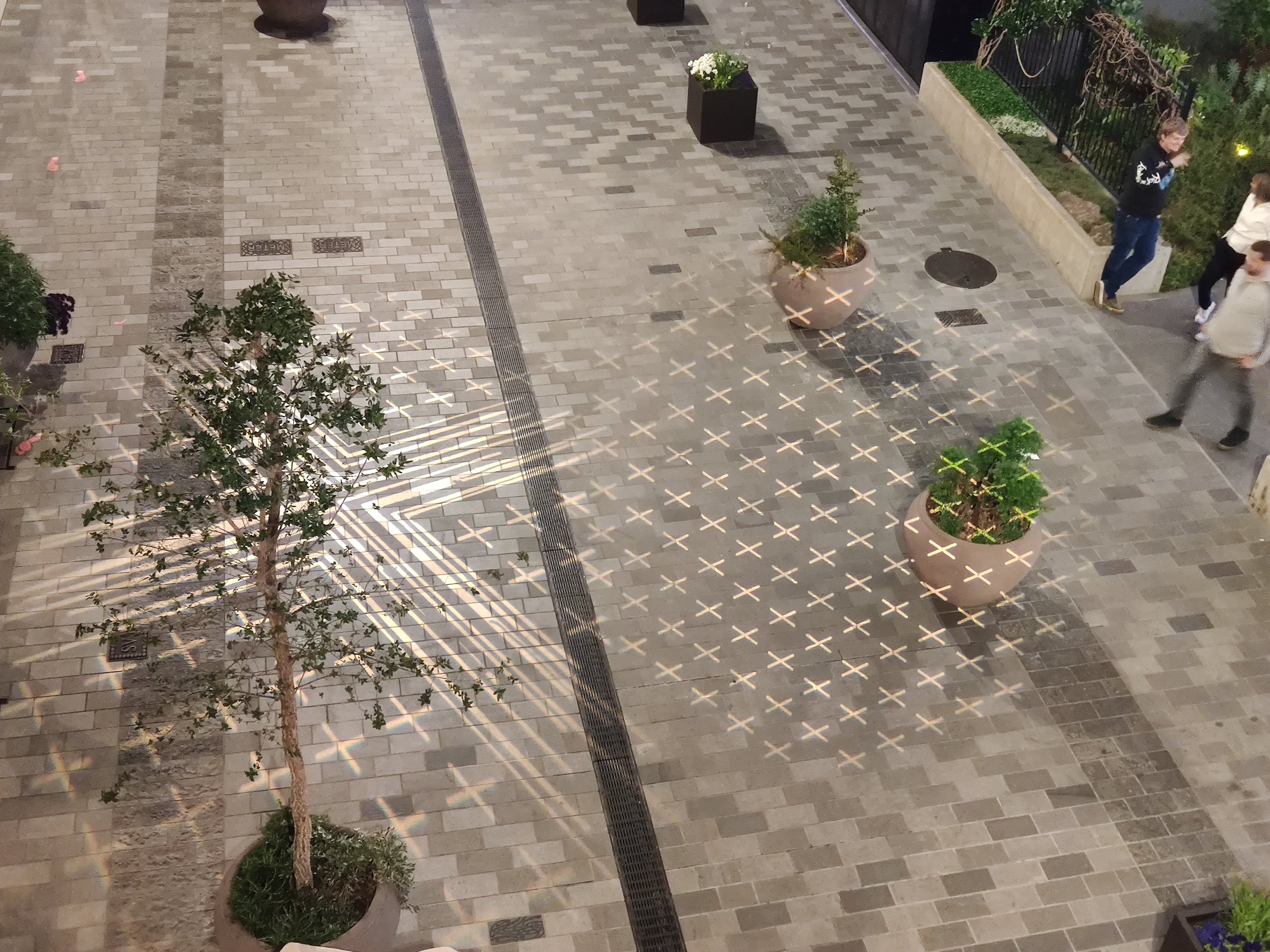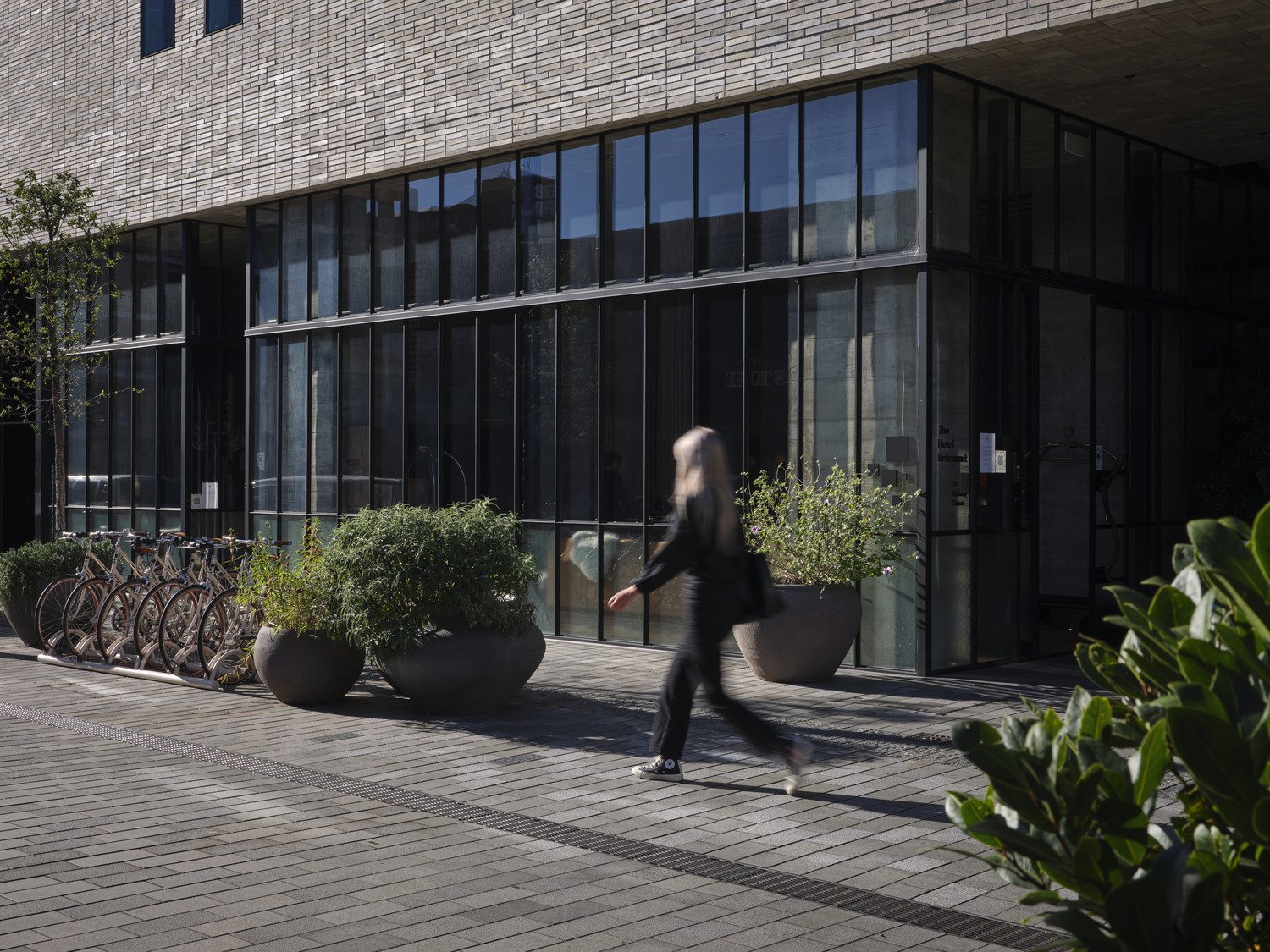Connectivity in Auckland’s Galway Street
Jasmax’s Britomart Reference Design has informed the redevelopment of the Galway Street Mid-Portion in Tāmaki Makaurau, improving the area’s connectivity and environmental sensitivity.
Britomart on Auckland’s downtown waterfront is now a vibrant, mixed-use precinct thanks to the completion of the Britomart Transport Centre more than 10 years ago, which resulted in significant public and private investment in the zone.
Galway Street Mid-Portion in Auckland. Image credit - Jasmax/Joseph Muir.
The Britomart Reference Design outlines a broad plan for public realm improvements, with the intention of frequent updates. The brief for the Galway Street Mid-Portion shared space was refined through consultation with stakeholders, and was designed to coincide with the opening of Hotel Britomart.
Design studies were undertaken for key spaces, looking to improve pedestrian amenity and reduce the amount of land dedicated to vehicles. Environmental improvements such as native trees, understory planting and innovative stormwater features were embedded in the design.
Britomart on Auckland’s downtown waterfront is now a vibrant, mixed-use precinct. Image credit - Jasmax/Sam Hartnett
Jasmax proposed that Customs Street be reduced to four lanes of traffic in order for the street to be expanded into a boulevard. The design is also asymmetric to take advantage of the sun’s orientation and offer large areas for planting, furniture and street trading.
Jasmax collaborated with mana whenua artists to create designs that reflected the coastal landscape of the Waitematā.
Master carver Ted Ngataki, a Ngāti Tamaoho kaumātua, and Maaka Potini, a Ngāti Tamaoho artist, gifted the paving pattern used at the intersection of the laneway between Hotel Britomart and the retail precinct. Named after Puehu, the water created by flounder kicking up dust or sand from the seafloor to conceal themselves from predators, the zig-zag pattern of the pavers morphs into a more linear arrangement that represents the foreshore with Puhoro/storm patterns etched into individual pavers.
At either end of the Galway Street block the pātiki/flounder are etched across the granite pavers. Image credit - Jasmax/Sam Hartnett
“The artworks create an element of surprise and discovery as pedestrians make their way through the shared space,” says Jasmax Principal Evan Williams.
A dramatic lighting feature designed by mana whenua weavers and Tess Harris, a Ngāi Tai ki Tāmaki artist, is cast across the Puehu pattern in the evening. It embodies the concept of torchlight used to hunt flounder for food. The designs relate to the place that connects the four areas, ‘Ngā Hau e Whā’, four winds.
“The design team used the city centre shared space typology and enriched it with a sense of place in partnership with mana whenua artists,” says Auckland Transport's downtown programme director Eric Van Essen. “This has delivered a high quality space that is unique to Britomart and Tāmaki Makaurau.”
The Britomart Reference Design outlines a broad plan for public realm improvements, with the intention of frequent updates. Image credit - Jasmax/Sam Hartnett



